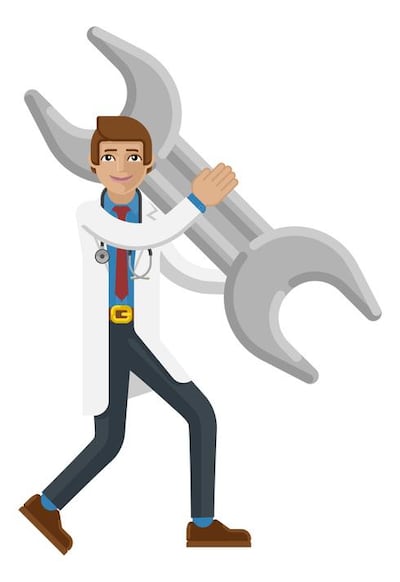
Dr Ian Callanan
Worked in quality improvement, risk management and patient advocacy for more than three decades
The health service is supposedly built on a foundation of patient-centredness. If that is really at the heart of healthcare, why do we not put ourselves in the patient’s shoes more often?
The one small change I would like to see in our hospital services is the use of plain English and everyday terms in signs around hospitals. For example, patients come to hospital for blood tests every day. They arrive at the reception desk like travellers entering a foreign land, unsure of where to go next. Wouldn’t basic customer service be to have signs directing them to the location for blood tests? Instead we direct them to Phlebotomy, a name deriving from the Greek. Technically, it’s the appropriate term to use, but it’s not one that most patients know.
I think we use this term in part because it magnifies the intervention and gives it an importance that makes us, the hospital staff, feel special about the mundane process of extracting a vial of blood from a patient’s arm. But the service is for the patient. It’s the patient’s perspective that should dictate the process, the location and, at its simplest, the directional signs to the service.
READ MORE
Similarly, patients who visit for an X-ray will be directed to Diagnostic Imaging – another technically correct term that differs significantly from the words the patient would use when asking for directions. I have yet to hear (but stand to be corrected) a patient rock up to the reception and utter the words, “I’m here for a diagnostic image”. Plain speaking is called for; the public should not be strangers in their own land. And, as for the poor patients attending the eye clinic, guess where we send them, with small signs often hanging way above their eye line? Ophthalmology.
Even more basic deficits in customer focus can be seen in terms of parking at any acute hospital, where all too often the signage is small, inconspicuous or even incorrect. Most patients and families, already stressed in advance of their visit, are driven over the edge by the time they are parked.
In my view, hospitals should also have a patient at every management and board meeting. The very presence of a patient at these meetings could sway the planning and delivery of clinical services towards more customer-friendly pathways. Patient voices might change the allocation of clinical resources into more public-facing models of care (one would hope that primary care, mental health services and outward-facing services in acute care might get a more representative share of the funding).
[ ‘Development checks by public health nurses should be continued for all babies’Opens in new window ]
After all, what service industry will earn customer respect if it fails to tell people how to access its services, limits their knowledge as to where they are in the queue for services, does not allow them some element of choice in the time or date of their appointment and, in particular, actively fosters the impression that the patient is lucky to be seen within the service.
If patients and healthcare staff were put on a more equal footing, this could result in patients understanding their diagnosis and treatment better, as well as being more open to following lifestyle advice which could improve their health in the long run.













